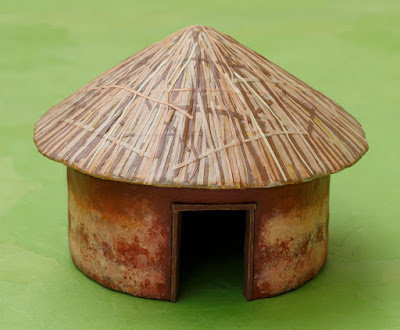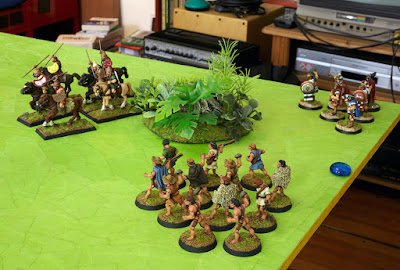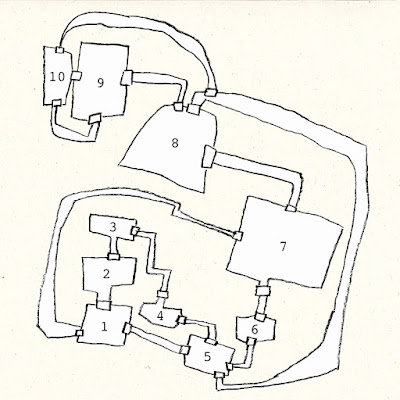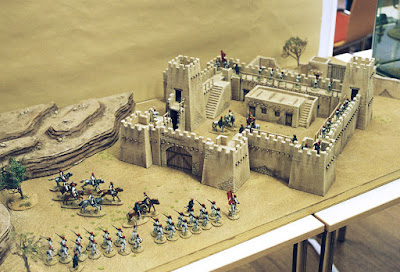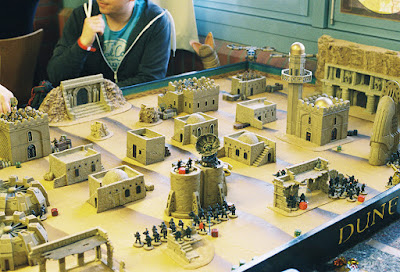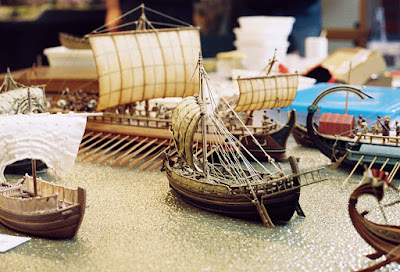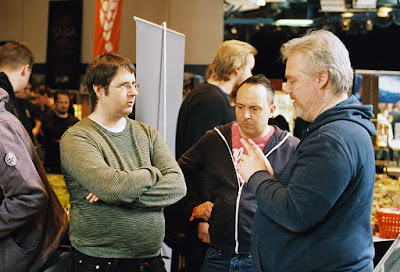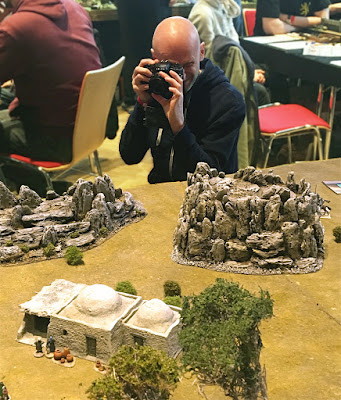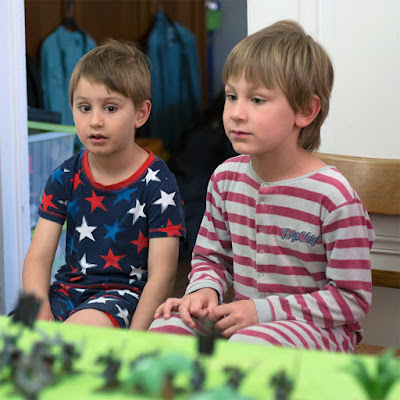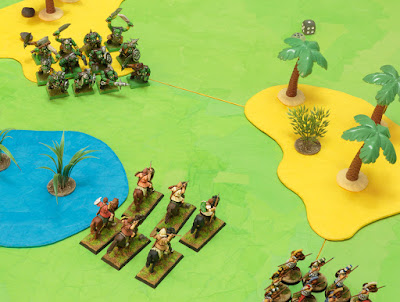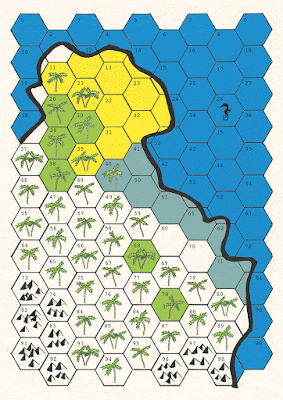One thing I enjoy about going to the wargaming convention
Tactica in Hamburg is to take pictures with the camera my father left me when he died, a Leica R4s.
My father and my uncle were obsessed with photography, especially with the technical aspects of it. As in other fields of interest, there was a strong competition going on between them. They both had large collections of cameras and many coffee table books on the subject of travel photography. They had rather limited ideas about what is a good picture and what is not and would put great effort into avoiding technical mistakes. They argued a lot and then stopped talking to each other for a couple of years.
Because of all this, I had access to photographic equipment as a child and ended up studying cinematography in Dortmund and San Antonio de los Baños, a little village close to Havana.
Last year I was very happy with the pictures I took at the Tactica with my father’s SLR camera, which was discontinued in 1988. But this year, this happened:

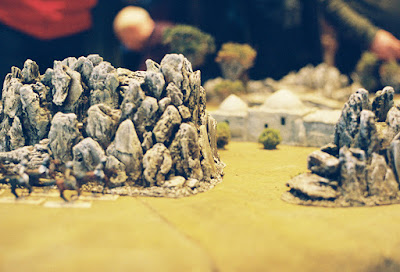

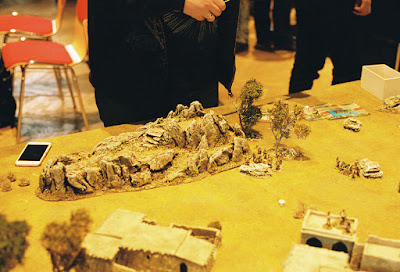
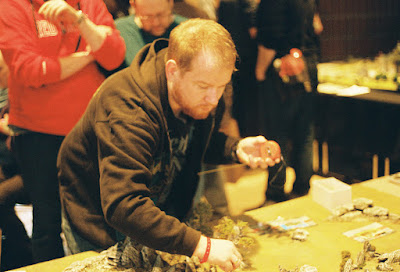

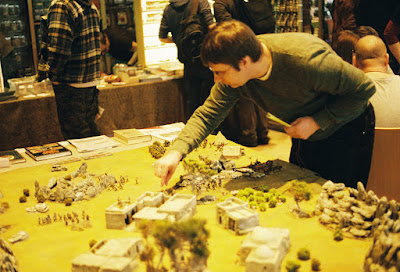

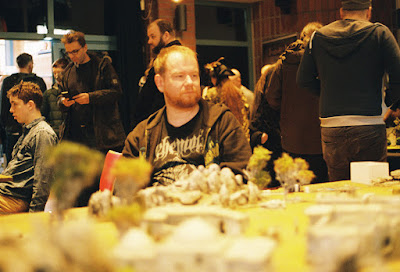

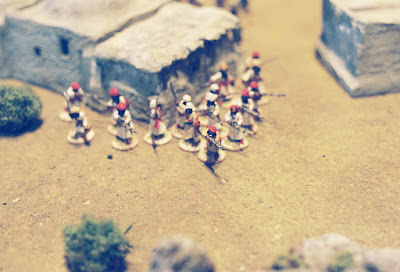

All the pictures I took of the game we played on Sunday morning are out of focus. Now I need to run some camera tests to find the mistake.
By the way, I enjoyed "Take the Pass!" a lot, thanks to Admiral Benbow and
Monty from the wargaming club THS.
It is the year 1880. Following the massacre of the British delegation in Kabul and the increasing unrest in Afghanistan, the British Empire is working hard to secure the Northwest frontier of India and to subdue the Afghan province. They send various marching columns over the mountain passes, encountering fierce resistance from the Afghan army and local tribes.
The theme of “Take the Pass!” is the arduous march of the British army and shows a typical battle in the mountainous regions of the Indo-Afghan border.
My cousin and I played the Afghans, our friends Jörg and Krüger played the British. The ruleset was The Men Who Would Be Kings by
Daniel Mersey which is similar to Dragon Rampant which is one of my favourite games at the moment.
I’m not sure if you can see this … The terrain was beautiful, especially the hills. There is a thread by Admiral Benbow about how to make rocky terrain out of pine bark in the
Lead Adventure Forum.
Thanks to Jörg’s iPhone 6s, I have at least one picture of the game which is in focus.
Thinking about it, maybe this Leica R4s, this old ghost of a camera, is saying to me: Don’t fight so hard, son. You can’t control everything. And if you wanted to tell other people about the wonderful game Admiral Benbow and Monty presented at the Tactica, I did my job, didn’t I?
